Review: Storth three-point linkage agitator pump
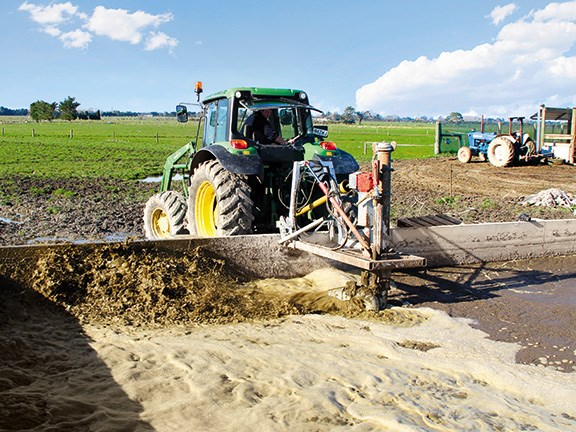

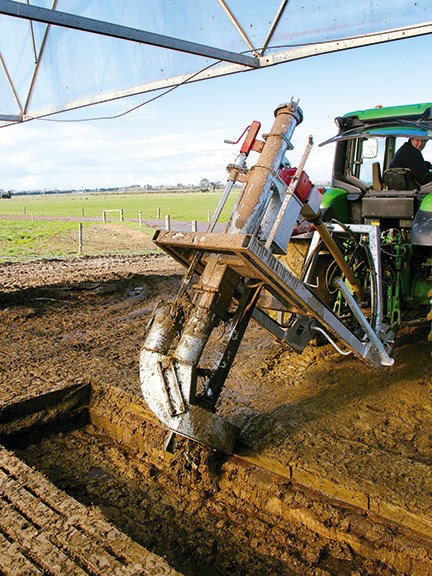








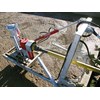


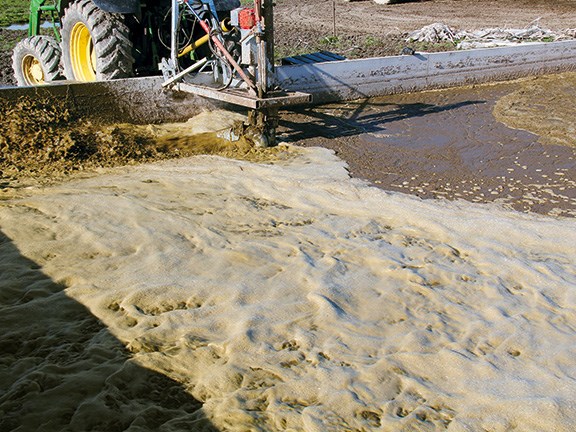

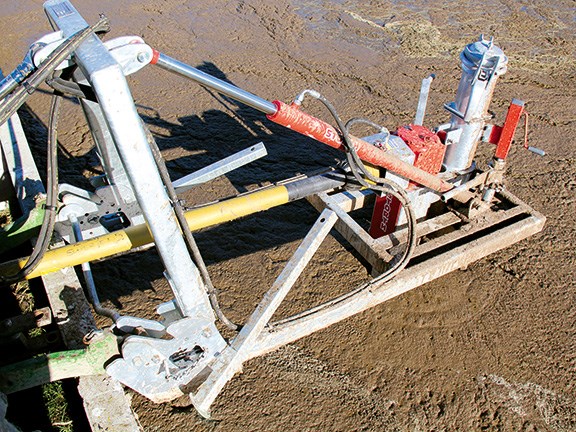


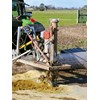
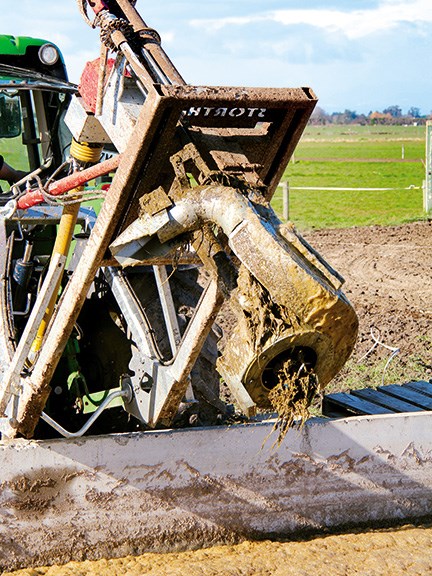


|

|

|

|

|

|

|

|

|

|

|
Jaiden Drought visited Creslands Farms Ltd in Canterbury, owned by the Stewart family, to see the Storth three-point linkage agitator pump.
The more testing you do, the more people must think you've seen it all before, but I am constantly being surprised by the machines I witness every month. This month is no different. I visited Creslands Farms Ltd in Canterbury, owned by the Stewart family, to see the Storth three-point linkage agitator pump.
Usually when you mention a pond-stirrer, it doesn't create much buzz, but the Stewarts were able to find machine that fits their operation perfectly, and that's worth talking about.
Now, most pond-stirrers are thought to be made up of a small chassis, a long shaft, a propeller on the end, and occasionally a couple of car tyres as transport.
The Storth machine, however, is not actually a conventional pond stirrer as such, but rather a pump with a cannon. This sucks up the material, the blades chop it up on the way through, and then it's fired out of the cannon. This in turn rapidly stirs the pond and will break up even the toughest crust.
The test
So why was this machine so perfectly suited to the Stewarts' operation? Well, there are three main areas of the farm where the Storth can be applied. The first is the large concrete sump into which all dairy shed effluent enters, and is sucked out with a 14,000-litre Joskin tanker. This is generally quite thick and although doesn't have time to form a crust, it does require a good tune up to get the minerals suspended.
The second major job is the HerdHomes on the property. Because Creslands Farms is a spring and autumn calving operation, keeping the cows inside during the cold and wet winter months to reduce pasture damage is high on the priority list.
The Storth pump is very effective here, as you simply remove one of the end grates, and with the hydraulic tilt and telescopic shaft on the machine, along with a hydraulic toplink, it will just squeeze in and make short work of the high value effluent in the underground bunkers.
The HerdHome effluent can be very fibrous and may need to be spread with a solid muck spreader if you keep sucking the watery top off, but that's only a short-term solution. With the Storth, you can actually add a bit of liquid with the tanker to allow the majority of the contents to be sucked out once the Storth has been to work.
Fellow Farm Trader contributor Andrew Stewart says it seems crazy to add more liquid, but it allows the tanker to suck it out faster, speeding up the process. Additionally, all this is done simply by removing one grate and utilising the existing machinery, rather than relying on contractors.
Now, because the Storth is actually a pump, not a conventional stirrer, the third task for the machine is acting as the back-up effluent pump for the cowshed.
So between the holding sump, the tanker, and the Storth (to which you can hook an irrigator as a backup), in the regional council's eyes, the Stewarts have all the bases covered.
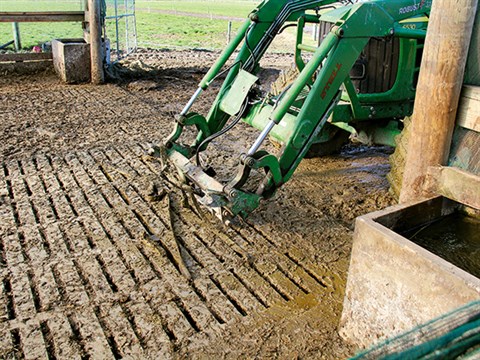
Storth stirrers
Storth stirrers are relatively new to the New Zealand market and are imported by Farmchief, however the company has been manufacturing slurry-handling equipment since 1999. It has grown from a small workshop, manufacturing small scale machinery, to three modern factories in North Lancashire, UK.
Because Storth has been onto the slurry issue in the UK for a long time, it has most bases covered, including conventional stirrers, stirrers able to reach over and mix above ground tanks, and canons.
Machine features
Storth offers two machine sizes for the three-point linkage agitator pumps, the 125mm (five-inch), which we tested, and the larger 150mm (six-inch). The Stewarts originally tested the larger six-inch machine but because it struggled to fit in the HerdHome and required an additional 20 horsepower to run, they opted for the five-inch machine and haven't looked back.
The design of this particular pump allows the customer to move from pond to pond, or, in this case, sump to HerdHome, without disconnecting the PTO. Variations in depth are no issue with hydraulic adjustment.
The pump has a higher capacity than a conventional stirrer as it is chopping the effluent as it passes through the blades of the pump, while the mixing nozzle offers high agitation to get the pond moving faster. The function can be easily changed from mixing to pumping by a handle at the top of the pump, which moves the diverting flap in the main body of the pump.
Other features
- Robust, fully-galvanised construction
- Wide bore pump body, large efficient open impeller and inlet macerator to keep blockages to a minimum
- Eighty- to 100-horsepower requirement (125mm pump)
- Heavy-duty gearbox, 540rpm
- Pumping distance of 200 metres (125mm pump)
- Hydraulic depth adjustment ram, allowing 600mm of travel
- More than 11,000 litres of mixing capacity per minute (125mm pump)
- The position of the mixing nozzle can be simply adjusted to be at the correct point while stirring(so it doesn't fire it out of the pond or in the cab)
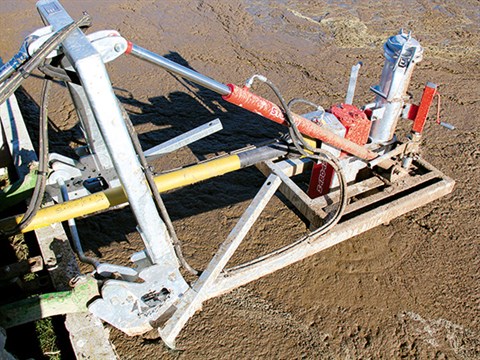
Verdict
This is a machine that will not suit everyone, however it definitely has its place in the market and in the Stewarts' situation, they simply could not have found a machine more suitable than the Storth.
This will not suit lined ponds, contractors who tow a stirrer around and attach it to the farmer's tractor, or ponds that have dirt banks, restricting access to the stirrer tractor. If you have concrete holding ponds, sumps, HerdHomes, or wintering barns, and want a stirrer to mobilise those valuable nutrients, the Storth is the way to go.
And if the Stewarts' experience is anything to go by, you'll wonder how you ever did without it.
For more information check out the Farm Chief website, and for the latest reviews of farm machinery, subscribe to Farm Trader magazine here.
Keep up to date in the industry by signing up to Farm Trader's free newsletter or liking us on Facebook



.jpg)



.jpg)
.jpg)
.jpg)

